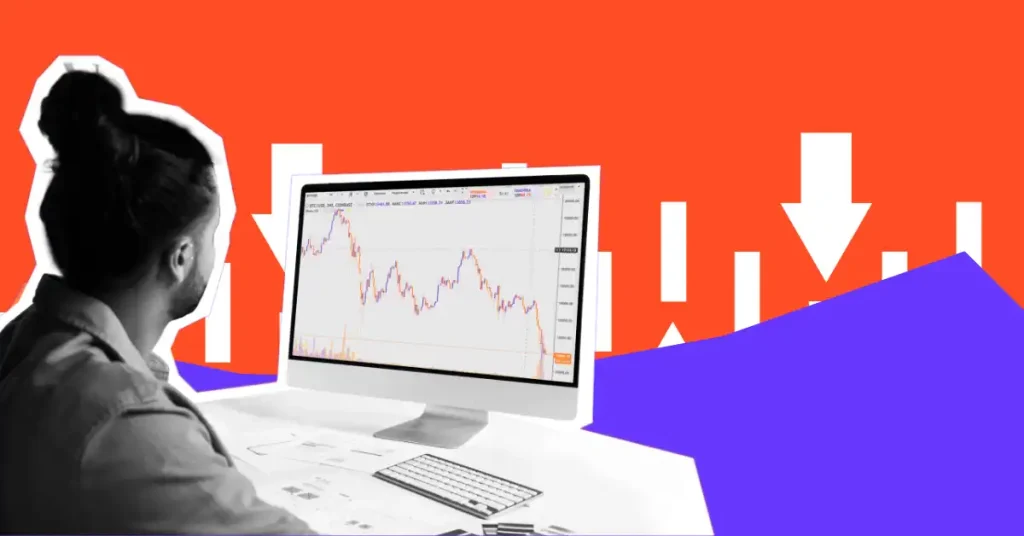The past week can be considered one of the bullish weeks, as price volatility has soared to a notable extent. This caused a huge shift of attention from the market participants, who seemed to be hopeful following a series of events. Despite this, the prices of the major tokens appear to have remained stuck within a range and are failing to surpass the interim resistance. This has raised concerns and questions as to whether the markets have lost traction or just remained calm before the next price action.
The much-awaited ETH ETF was approved last week, which boosted the Ethereum price along with the entire crypto market. Besides, Donald Trump has jumped in favour of the crypto space and advocates the need for’self-custody’. Moreover, the US passed ‘FIT21’, which established a regulatory framework for the US crypto markets and also clarifying whether the cryptos are securities or commodities. Additionally, the House also passed a bill to prevent the FED from creating CBDC.
Does this portray a diverse plan of action for the upcoming rally? To know this, let’s analyse the price action of the entire market or the market capitalisation.
After rebounding from its bottom at $2 trillion, the market cap has maintained a significant upswing. The levels are now consolidating within a range, after facing a rejection from the yearly high close to $2.6 trillion. From a larger perspective, it may appear as sluggish behaviour, but as the technicals suggest, the bulls are accumulating strength to trigger a decent upswing ahead. The RSI is ascending but the MACD displays a drop in buying pressure. Meanwhile, it still remains in the bullish range, suggesting a fresh upswing may be on the horizon.
Collectively, the crypto markets continue to remain sluggish and trade within narrow regions for another couple of weeks. Besides, the levels are expected to display a major price action in the first few days of June, which may assist the markets in closing the half-yearly trade on a bullish note. The maximum lift that may be expected could be $2.5 or $2.6 trillion by the end of H1 2024, while the next plan of action may be decided based on the volume induced.


